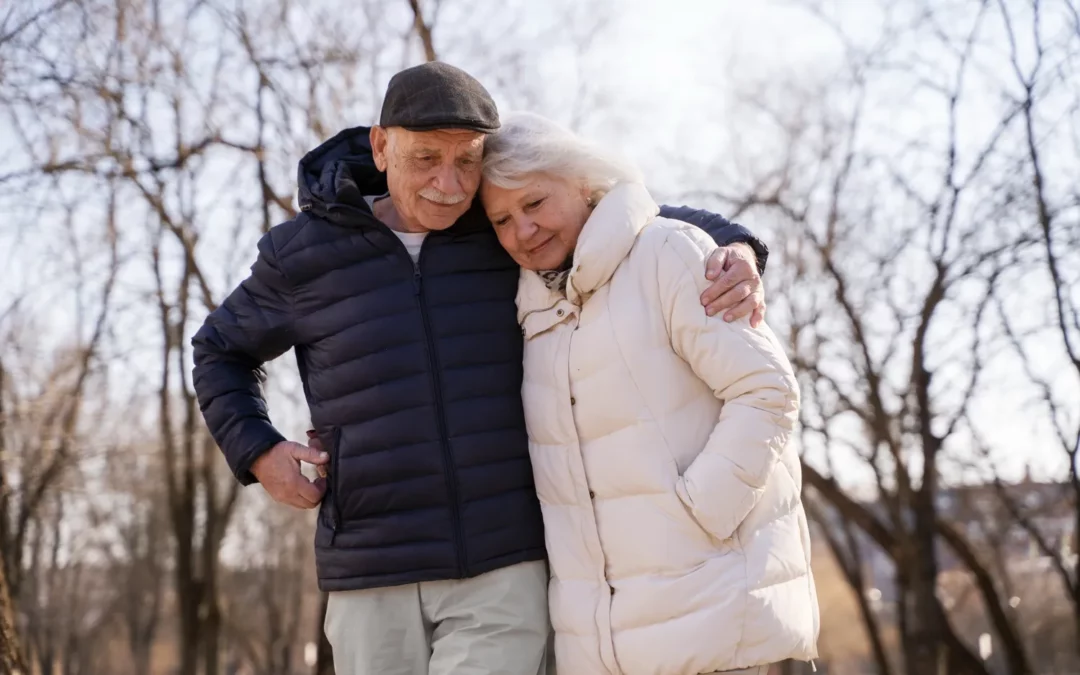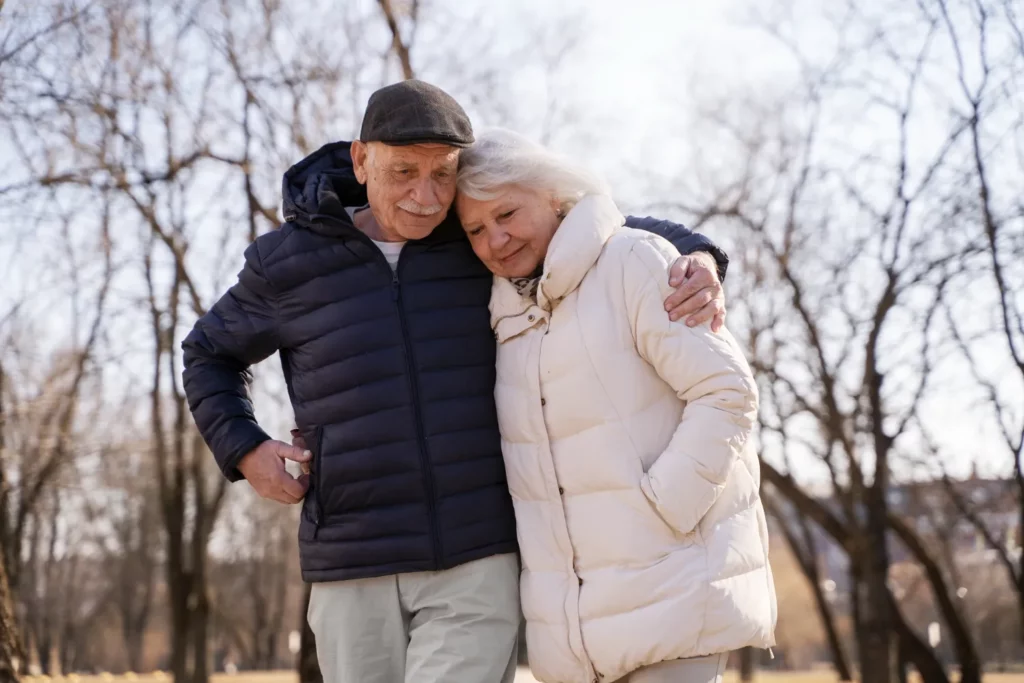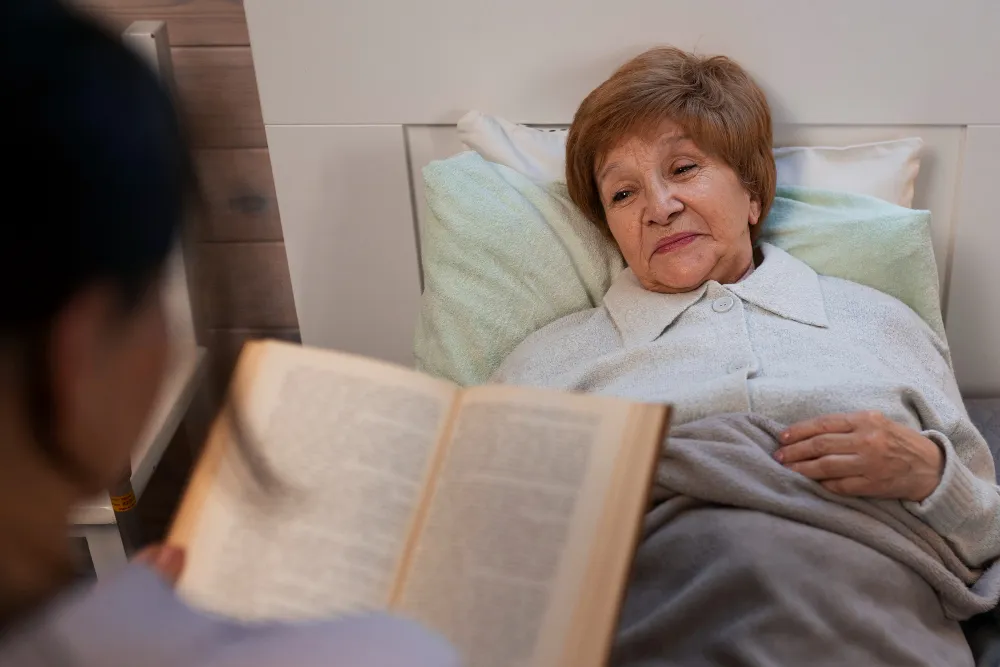
Facilitating Hospice Bereavement Support Groups

Death is a part of life and it is an emotional and difficult process for families and individuals. Hospices provide support and comfort to the bereaved, and bereavement support groups are an important part of these services.
Facilitating bereavement support groups is a challenging and rewarding experience. As a facilitator, you will be responsible for creating an environment where members feel safe and comfortable discussing difficult and emotional topics. In order to be successful, you will need to be well-prepared and knowledgeable about the topics to be discussed.
Preparing for the Support Group
Before holding a support group, it is important to plan and prepare the group space. You will need to make sure it is comfortable and inviting and that there is enough space for all group members. Additionally, it is important to provide materials and resources that will be helpful for group members. Make sure to Keep the atmosphere lighthearted and encouraging for all members.
You should also have an agenda for each group meeting. The agenda should include an opening that sets the stage for the meeting, a discussion of topics that will be discussed, and a closing of the meeting. It is also important to have a few activities planned that will help keep the mood light and positive.
Conducting the Support Group
Once the group is set up and the agenda is ready to go, it is time to begin the group. As the facilitator, you will need to be present and actively participating in all discussions. Your job is to monitor the conversations that are taking place and ensure that each group member is heard and respected. Additionally, it is important to remain impartial and non-judgmental while letting group members take the lead in the conversations. It is also important to provide a safe place where members can freely discuss any feelings or thoughts.
Tracking Group Progress
It is important to track the progress of each group member. This can be done by taking notes at each group meeting and tracking the topics that are discussed and the reactions of each group member. This will help you identify any issues that group members may be struggling with and help you tailor your approach to those issues. Additionally, tracking the progress will also help you gauge the effectiveness of the support group.
Conclusion
Facilitating a bereavement support group is a rewarding and challenging experience. It takes preparation, knowledge, and patience to be successful, but it can make a huge difference in the lives of those attending the group. At CaringEdge Hospice, we understand that the journey of hospice care doesn’t end with the passing of a loved one. We recognize the profound impact that loss can have on families and caregivers. That’s why we are committed to providing comprehensive bereavement support to help you navigate this difficult time.
Our hospice bereavement process is designed to offer compassionate guidance and assistance as you cope with grief and loss. We believe that healing begins with acknowledging and understanding your emotions. Our experienced and empathetic bereavement counselors are here to walk alongside you during this journey.
One of the key resources we offer is our bereavement support groups. These groups provide a safe and supportive space for individuals to share their experiences, connect with others who have gone through similar losses, and learn valuable coping strategies. Our support groups are facilitated by trained professionals who specialize in grief and bereavement.
If you have any needs or questions regarding our bereavement process or would like to inquire about joining one of our bereavement support groups, please don’t hesitate to reach out to us. Your emotional well-being is important to us, and we are here to provide the care and support you need during this challenging time.
At CaringEdge Hospice, we are honored to be a part of your journey and committed to offering the support you deserve. Please feel free to contact us at (877) 907-8684 for any assistance or information you may require regarding our bereavement services.









